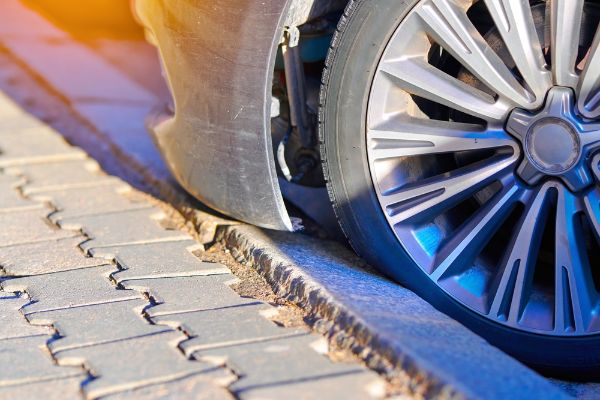Damage to the underbody of your vehicle is easy to miss. It happens when you hit road debris, drive over a curb, or scrape against a parking block. Many drivers do not see the damage because it happens underneath. But this type of damage can cause big problems for your vehicle. Parts like the exhaust system, fuel lines, brake lines, suspension, and frame sit under the vehicle. A curb or rock can bend, crack, or break these parts. That can lead to leaks, odd noises, or uneven driving. Collision repair shops see these problems often. Even a small hit can knock parts out of place. Underbody damage repair helps keep your vehicle safe on the road.
Signs of Underbody Damage After an Impact
One sign of underbody damage is new sounds. If your vehicle starts making clunking, scraping, or grinding noises, something may be loose or broken. Another sign is fluid leaks. Hitting a curb or rock can damage fuel lines, brake lines, or the transmission pan. That causes fluids to leak, which leads to even bigger repairs if ignored. You may also notice the vehicle pulls to one side while driving. That can mean a damaged suspension or misaligned frame. A vibration in the steering wheel or seat can also point to underbody issues. These signs mean your vehicle needs an inspection from a trusted collision repair shop.
Why Underbody Repair Is Important After an Impact
Waiting to fix underbody damage can lead to bigger problems. A bent frame can cause poor handling or extra wear on your tires. Damaged brake lines can reduce braking power. A broken exhaust system can let harmful fumes into the cabin. Leaking oil or transmission fluid can damage your engine or gearbox. If your vehicle hit a curb or ran over road debris, bring it in for a full inspection. Repair technicians check the frame, suspension, brake lines, and all other parts underneath. Getting underbody repair at a trusted collision shop helps keep your vehicle safe and running strong.
Wright Way Automotive & Collision Repair Checks and Repairs Hidden Damage
At Wright Way Automotive & Collision Repair, our team checks for hidden underbody damage every time we inspect a vehicle after a hit. Curb strikes and road debris can cause more harm than drivers think. Our certified technicians look at the frame, exhaust, suspension, and all other systems under the vehicle. We use top tools to find damage and repair it the right way. Underbody repair keeps your vehicle safe and smooth on the road. Visit us at Wright Way Automotive & Collision Repair to book an inspection or learn more about our full-service collision repairs.

